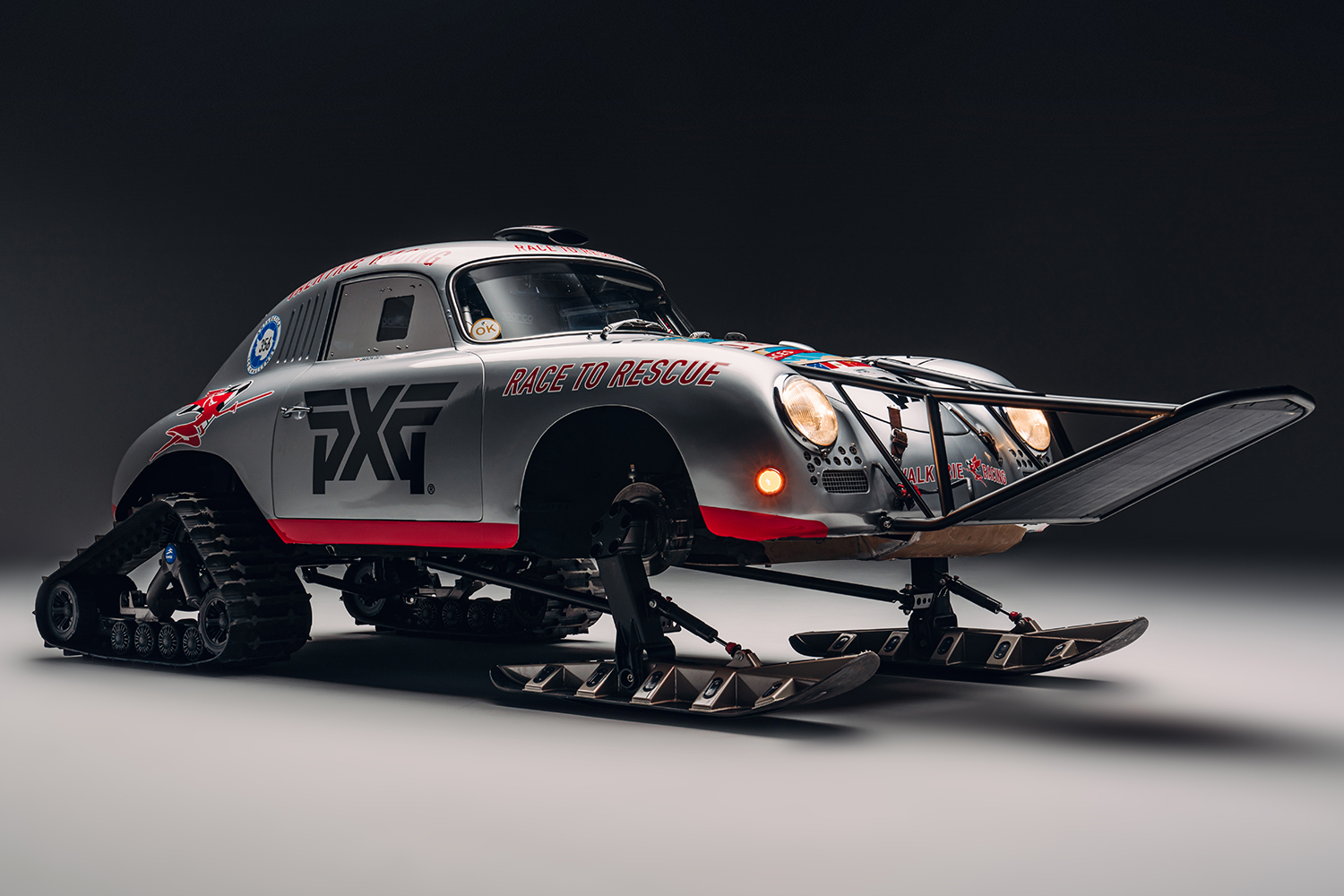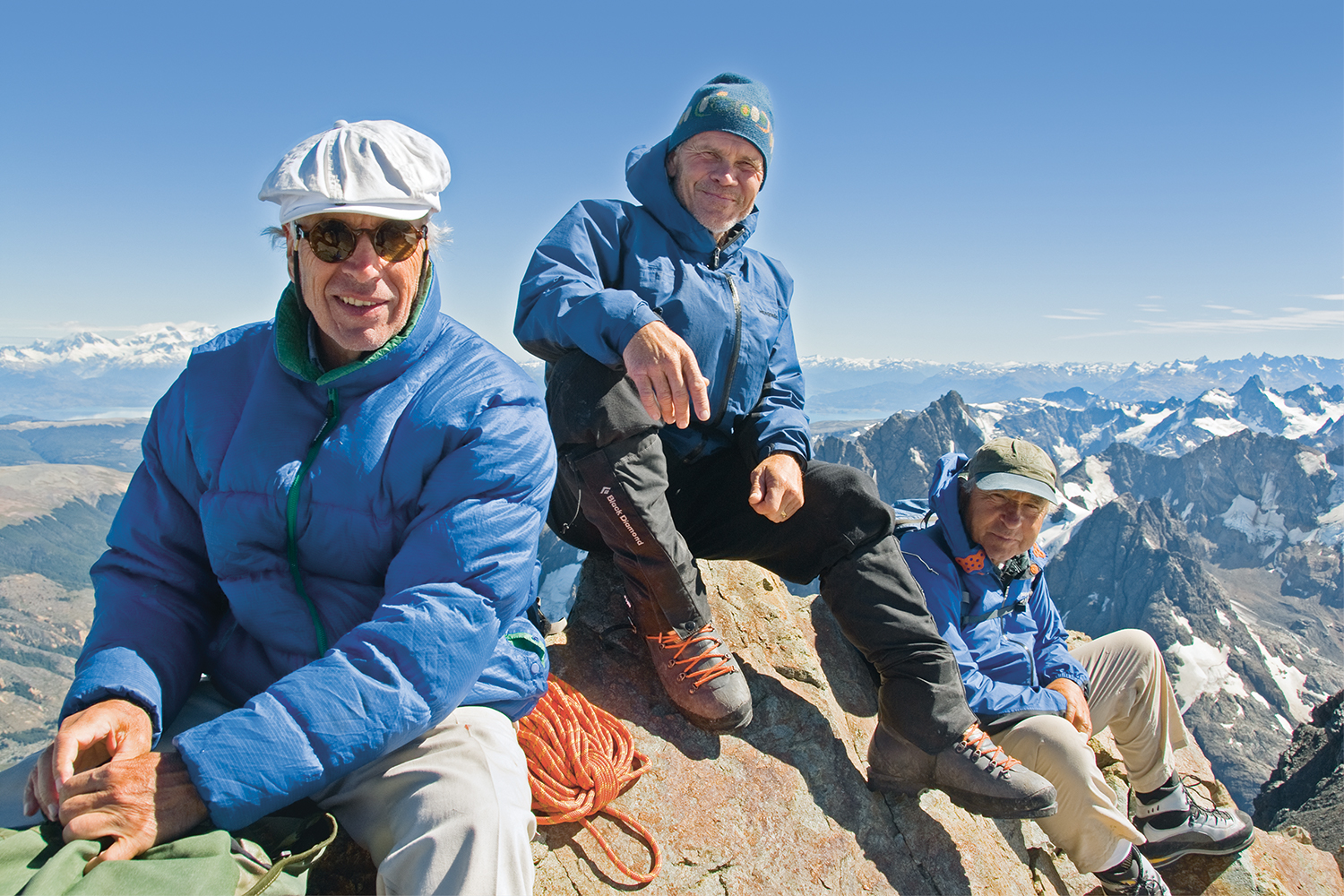On the first day, the air filter froze. Then one of the bolts that connects the ski to the car sheared clean off. Next, the carburetors needed to be thawed with a blowtorch.
These are the problems you run into when you’re trying to drive a ‘50s-era sports car hundreds of miles across Antarctica. But on December 10, race car driver Renée Brinkerhoff and her Valkyrie Racing team completed a harrowing 356-mile trek across the blue ice of Union Glacier in a 1956 Porsche 356 A, conquering their goal of racing on all seven continents of the globe in one car.
“This marks the completion of racing on all 7 continents — a journey that began in 2017,” the Valkyrie Racing team wrote on Instagram. “Every single mile we fought for against extreme conditions, but we knew it was worth it to raise awareness for our cause.”
The endeavor, called the Project 356 World Rally Tour, kicked off in October of 2017 when Brinkerhoff raced in La Carrera Panamericana in Mexico. In 2018, she tackled the Targa Tasmania in Australia, then went on to the Caminos del Inca in Peru, the 9,000-mile intercontinental Peking to Paris rally, and the East African Safari Rally, which the team calls “the toughest off-road event on the planet.” But nothing could have prepared them for driving the classic car across inland Antarctica.
To tackle the frozen continent, Brinkerhoff tapped an expert team to reengineer the Porsche 356 A for arctic conditions — the final build has been dubbed the “Polar Porsche” — a process that took over a year and a half and involved outfitting the car with snow tracks where the rear wheels would be, two skis for front wheels, and a crevasse bar sticking out of the front.
Despite the long lead time, hostile terrain, freezing temperatures and winds that reached 86.3 mph caused problems as 65-year-old Brinkerhoff and her crew set out across Antarctica. According to the team, a bolt that attached to the ski’s hub was a major stress point as the car navigated across ice and snow; they had two spare bolts for both the left and right ski, but during the trip they used three out of the four extras as they kept failing. Also, at points there were whiteout conditions that forced them to rely on GPS markers alone, which they captured on video.
Even after they completed the 356 miles on December 10, the setbacks didn’t stop. A storm with extreme winds stranded the Valkyrie Racing team on the continent for days after the completion of the journey. Thankfully, the team was able to fly to Chile and eventually get to their respective holiday gatherings.
The cause Brinkerhoff has been raising money for since the beginning is ending child trafficking. At the time of writing, Valkyrie Gives, the nonprofit arm of the racing team, has raised over $556,000 dollars, with 100% of the donations going to “vetted NGOs doing frontline work around the globe for victims of child trafficking, in areas of Mongolia, Peru, Colombia, Brazil, Thailand, India, Kenya and others,” according to a press release.
“Thanks to the many that have contributed and are continuing to support these important efforts, we are more than halfway to our goal,” Brinkerhoff said, noting their ultimate goal of raising $1 million. “However, when we reach our target, we don’t plan to stop there — we have many more challenges ahead and ask all those with compassionate hearts to continue to help us help those that can’t help themselves. We are all responsible for these children.”
For more travel news, tips and inspo, sign up for InsideHook's weekly travel newsletter, The Journey.

















